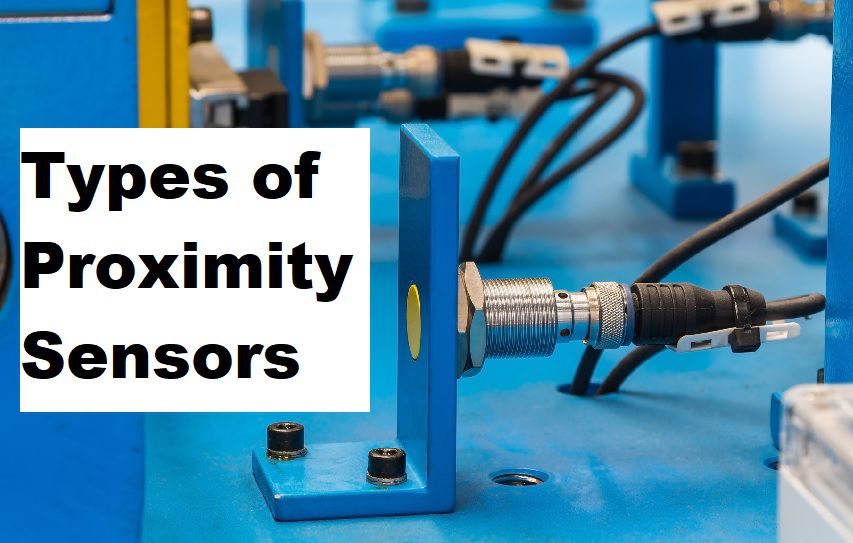Proximity sensor is a detection tool that works based on the distance of the object to the sensor. The characteristic of this sensor is to detect objects at a fairly close distance. This proximity sensor has a working voltage between 10-30 Vdc and some use a voltage of 100-200VAC. Almost every production machine today uses this type of sensor, because in addition to being practical, this sensor includes a sensor that is resistant to impact or shock, besides that it is easy to carry out maintenance or replacement repairs.
There are types of proximity sensors
1. Inductive Proximity Sensor
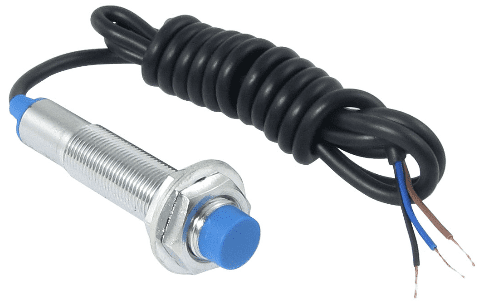
Inductive Proximity is used to detect metal objects. The working principle of inductive proximity is that if there is a voltage source, the oscillator in the proximity will generate a magnetic field with a high frequency. If a metal object is brought near the surface of the sensor, the magnetic field will change.
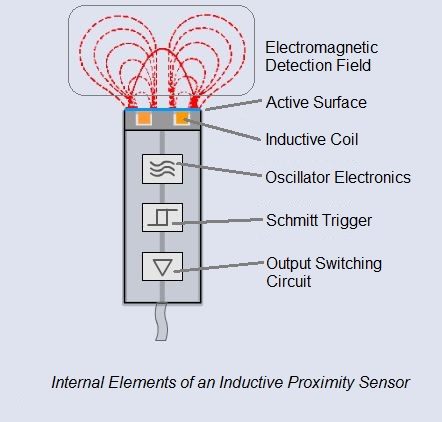
Changes in this oscillator will be detected by the sensor as a signal of the presence of an object. This example of Inductive Proximity is usually used in metal detectors at airports. This proximity sensor will detect the presence of metal objects even if they are not visible.
2. Capacitive Proximity Sensor
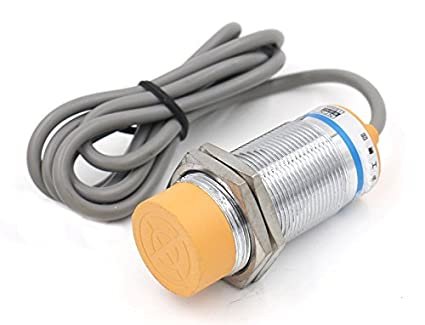
Capacitive Proximity sensor is able to detect metallic and non-metallic objects. The working principle of capacitive proximity is by measuring the change in the electric field capacitance of a capacitor caused by an object approaching it. Capacitive proximity is usually used on car bumpers or other car parts. The simple benefit is to make it easier for the car to park, because this sensor will work when it detects objects at a certain distance so that the car will not hit the object.
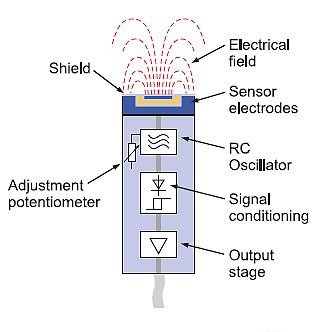
3. Optical Proximity Sensor
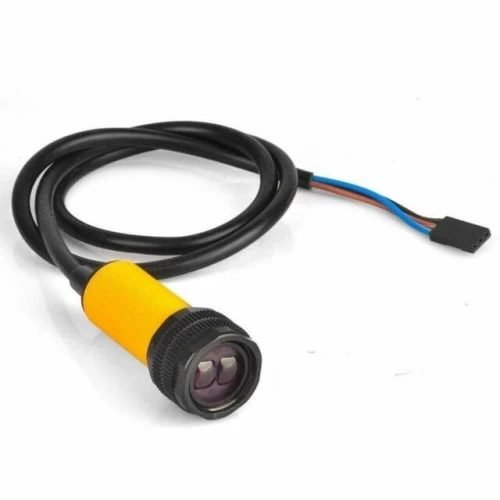
This sensor detects the presence of objects with light usually infrared. This optical proximity consists of a light and a receptor that detects an object by reflection. If an object is within a sensitive distance or an object hits the light from the sensor, the light will bounce back to the receiver and indicate that an object has been caught by the sensor.
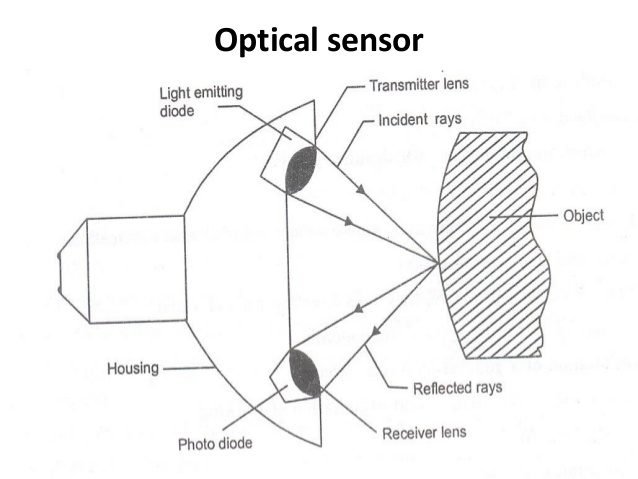
The disadvantages of this optical proximity sensor are that in its use sometimes the lens is dirty, the light is blurry, the reflection surface is poor and the object orientation is wrong. This optical proximity is usually used in touch screen cell phone technology. Because when receiving a call, the ear will become an object that blocks the emission of infrared rays, then the infrared rays will be reflected back and indicate that there is an object in front of them. The result is that the phone screen will be locked so that the screen does not random when it comes into contact with the ear.

